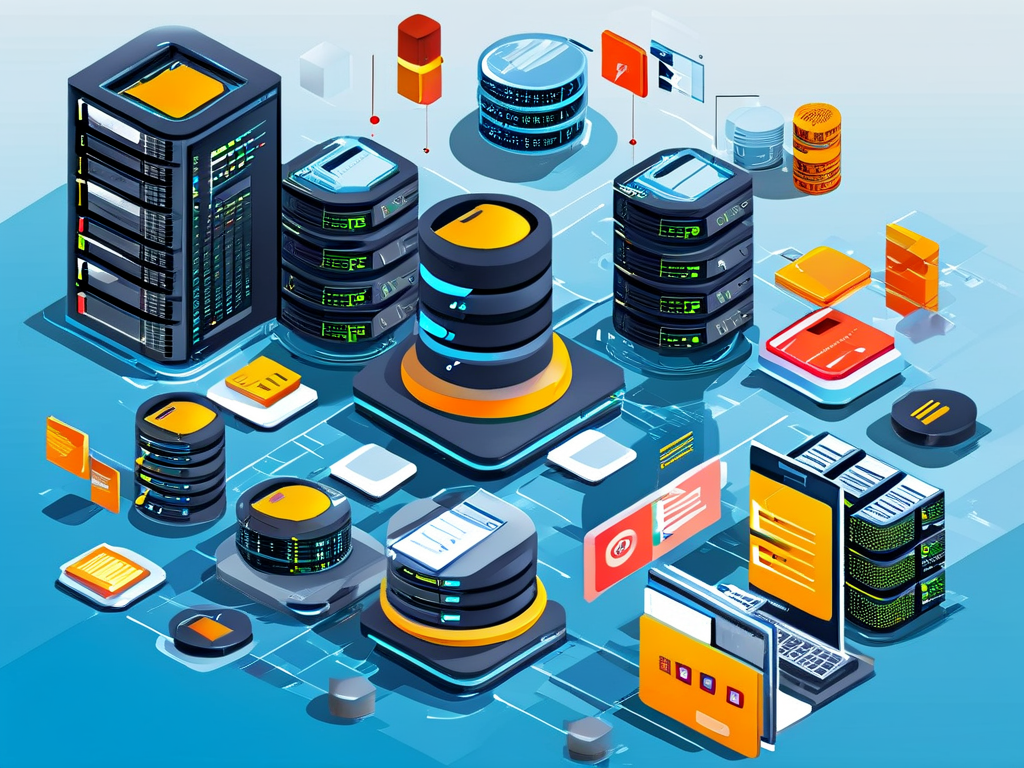As businesses increasingly rely on enterprise resource planning (ERP) systems like SAP to manage critical operations, the demand for efficient deployment methods has grown. Traditional SAP deployment processes often involve manual configurations, repetitive tasks, and extended downtime, leading to higher costs and human error risks. Automation has emerged as a transformative solution, enabling organizations to accelerate deployment cycles while maintaining accuracy and scalability.

The Challenges of Manual SAP Deployment
Manual SAP deployment typically requires teams to execute complex workflows, including system provisioning, parameter customization, and integration testing. These steps demand significant time and expertise, particularly in multi-environment setups (development, testing, production). A single misconfiguration during script execution or data migration can cascade into system instability, requiring hours of troubleshooting. Additionally, scaling deployments across hybrid cloud or multi-region infrastructures exacerbates these challenges.
How Automation Addresses Deployment Pain Points
Automation tools such as Jenkins, Ansible, and SAP-specific solutions like SAP Cloud ALM streamline deployment by codifying repetitive tasks. For example, infrastructure-as-code (IaC) templates can predefine server configurations, while orchestration platforms automate sequence-dependent operations. Below is a simplified Ansible playbook snippet for SAP system provisioning:
- name: Configure SAP HANA Server
hosts: sap_servers
tasks:
- name: Install required packages
apt:
name: "{{ item }}"
state: present
loop:
- libtool
- libssh2-1-dev
- name: Deploy SAP HANA binaries
command: /hana/shared/install_auto.sh
This approach reduces manual intervention and ensures consistency across environments. Automated rollback mechanisms further mitigate risks by reverting changes if predefined health checks fail.
Key Benefits of Automated SAP Deployment
- Accelerated Time-to-Value: Automation slashes deployment timelines from weeks to days or even hours. For instance, auto-scaling cloud resources during peak loads ensures uninterrupted system availability.
- Enhanced Compliance: Version-controlled scripts enforce governance policies, audit trails, and regulatory requirements. Tools like Chef InSpec can validate configurations against SAP security benchmarks.
- Cost Optimization: By minimizing idle time and resource overallocation, automation reduces infrastructure waste. A case study by a European retailer showed a 40% reduction in cloud expenditure after automating SAP S/4HANA migrations.
Integrating CI/CD Pipelines for SAP
Modern DevOps practices integrate continuous integration and delivery (CI/CD) into SAP workflows. Teams can use Jenkins pipelines to automate testing phases, such as unit tests for custom ABAP code or performance stress tests. The following Jenkinsfile excerpt demonstrates a pipeline stage for SAP transport request validation:
stage('Validate Transport Requests') {
steps {
script {
sh 'python3 /scripts/validate_transports.py --system PRD'
}
}
post {
success {
slackSend channel: '#sap-deploy', message: 'Transport validation passed'
}
failure {
error 'Transport request conflicts detected'
}
}
}
Overcoming Organizational Resistance
While technical implementation is crucial, cultural adoption remains a hurdle. IT teams accustomed to manual processes may resist automation due to perceived job security threats. Successful strategies include phased rollouts, cross-training programs, and highlighting how automation shifts focus from mundane tasks to innovation. For example, a pharmaceutical company reported a 70% reduction in deployment-related IT tickets after upskilling staff on automation tools.
Future Trends in SAP Automation
Emerging technologies like AI-driven anomaly detection and self-healing systems promise to further refine SAP deployment. Machine learning models can analyze historical deployment logs to predict and prevent failures, while Kubernetes operators enable declarative management of SAP workloads in containerized environments.
In , SAP automation deployment is no longer optional for enterprises aiming to maintain agility in dynamic markets. By leveraging robust tools and methodologies, organizations can achieve faster, more reliable SAP implementations while freeing IT resources for strategic initiatives.





